Another Scotland
Off grid cooking in the Isle of Skye
Photos by Lisa Paarvio and Words and Recipes by Kieran Creevy
The green walls of our tunnel tent glow, light shimmering and flowing in waves, the dawn chorus ebbing, reminding us that time is a wasting. Waking slowly in cocoons of silk, down and nylon, there's a delicious sense of lethargy, we’re slow to get moving.
Here, beneath stark basalt mountains on the Isle of Skye, the scent of sun warmed earth and heather flows into the tent. Still in our bags, there's good natured banter as to who has to leave the comfort of a warm bag to light our stove and get breakfast going.
Grumbling slightly, one of the team wriggles out of the tent, the fly taut with the heat from a cloudless sky. A rare and unexpected joy here in the far North West of Scotland, where one day of sunshine is a thing to be celebrated.
The contrast in this landscape bewitches, and pulls us into its embrace. Packs lie in the lee of the tent, the pink loops of our climbing rope wedged underneath a lid, ready for todays scramble along beautiful ridges, the beams of sunlight shading the rock formations, calling to mind a Jacobs Ladder of sorts, ascending to the heavens.
Descending to the stream, we fish out a dry bag wedged between boulders. Inside, chilled in this makeshift fridge, are wild salmon fillets and hard boiled eggs, cooked the night before. When I’d purchased the eggs - handing over cash, crumpled in a ball, to the farmer who raised the animals - I felt that the exchange came with a greater sense of human interaction than any chip and pin transaction in a supermarket. These type of encounters are still an everyday occurrence in the area from which we get the other elements of our meal.
Rice and spices from Indian markets mingled with the European addition of fish and eggs, transforming the traditional dish of kichirī into todays kedgeree. Though some kedgeree recipes include curry powder, no self respecting Indian cook would ever resort to the vaguely brown powder sitting in a jar at the back of the cupboard. Use the mix below, or add to it as you will, the flavour will be far better than any pre-made combination.
Dried whole spices weigh little, changing the quantities below can greatly alter the flavour of the recipe, so we encourage you to experiment.
Ingredients:
2 cups long grain rice or a mix of long grained and wild rice
500ml water
2 tbsp garam masala powder, or use the mix below
1 tsp tumeric
1 tbsp curry leaves
1 tsp mustard seeds
1 tsp black onion seeds
1 tsp rock salt or sea salt
1 tsp pepper
2 organic duck or chicken eggs, hard boiled the night before and kept fresh in the drybag fridge.
2 fillets wild salmon or trout.
Chervil and coriander leaves
1 tbsp olive oil, butter, or ghee
Method:
Heat the ghee in a pan, when hot, add the spices and salt
Cook the fish fillets, skin side down first until crisp then flip and cook for 1-2 minutes more, remove and leave to rest.
Rinse the rise in clean water, drain the excess starch and add clean water to the top of the rice, then one knuckle deep extra.
Bring to the boil, with lid on until fluffy, season.
Peel and chop the eggs.
Flake the trout fillets into the rice, add the eggs, tear the chervil and coriander leaves and mix well.
Cranachan, deconstructed
Ingredients:
150g oats
400ml water
2 tbsp wild heather honey
3 tbsp butter
4 tbsp raspberries
4 tbsp strained yoghurt.
Method:
Bring water to the boil, add the oats and cook.
You should have a thick mixture.
Add 2 tbsp butter to the mix, and stir in.
In a pan, heat up the other tbsp butter.
Spoon some of oatmeal into the pan and flatted down to thick disks.
Fry on one side, flip and fry again.
Spoon into bowls and top with yoghurt, raspberries and honey.
You can also make this dish with cream instead of yoghurt and add a tot of good Scottish whiskey if you feel like it.
The Bothy Revolution
Inverlonan is re-Imagining the Scottish Bothy tradition … and making it divine.
Words and Images by Emma Latham Phillips
The sun woke me up, streaming in through large rectangular windows. Beyond the glass, a carpet of bracken stood against the hillside as thick as a jostling crowd, fronds unfurling towards the sky like waving arms. I climbed down the ladder and opened the door of the bothy, stumbling towards the fire pit, my eyes still bleary with sleep and thick with pollen. I needed to light the fire so I could boil the kettle in time for breakfast. Perhaps we could use the water to have a warm shower too.
“Damn,” I swore. I’d left my antihistamine tablets in the car – a good hours walk, there and back. But there really wasn’t much to complain about. The day was warm, and we had nothing planned. Between the gnarled oaks in front of our bothy, the blues of the loch blended in with the blues of the sky. A few clouds rolled lazily past. Besides, the rock-strewn route I’d have to walk to the car delivered far-reaching views of the valley below, and I had plenty of time to get back before the kettle whistled.
We’re staying at Inverlonan, a site reimagining the iconic Scottish bothy tradition to deliver modern and ecologically-sensitive alternatives. We were spending a few nights in ‘Beatha’, one of two off-grid bothies thoughtfully set beside Loch Nell. Our home was balanced above the shoreline, ensconced like a jewel in green oak leaves. If the owners wanted, both bothies could be immediately removed, along with their ring-beam, ground screw foundations, leaving no trace upon the landscape.
Historically, a bothy was rudimentary accommodation provided for land workers in Scotland by estate owners. Today, they’ve become uniquely placed shelters available to anyone looking for a free roof over their head and the chance to escape the trappings of contemporary society. Typically, there’s no gas, electricity or water tap, and you need a spade and a long stroll before you can go to the bathroom. Thankfully, when it comes to Inverlonan, you don’t need to carry these home comforts in on your back. Simple luxuries have been added, and although they’re tastefully designed, these do not detract from the magic of going back to basics.
As I walk to the car, I look back over my shoulder to admire the rectangular shape of the cabin. The shimmer of corrugated black steel and oak-panelling matches the shadows of the tree trunks and golden summer grasses. Local artisans have contributed to the interior. The kitchen, table, shelves and ladder leading up to the mezzanine bed have been hewn from ash trees from the banks of Loch Awe, and crafted by Oban-residing Michael Acey. You’ll find stoneware from Argyll Pottery, sheepskins from Skye and Netherton Foundry cookware. But despite the aesthetic, Inverlonan is still very much embedded in both the landscape and the roots of bothying, which means you cannot rest without a little hard work.
In the afternoon, we steer our paddleboards out into the loch. The depths seem painfully dark, and it’s impossible to see the bottom. I slip quickly into the peaty brown water, my legs turn the colour of wotsits beneath my stomach. I imagine a metres-long lake monster brushing my feet and immediately jump back on board and paddle to the small shingle beach. “I’ll have a shower and start dinner,” I shout back. Having a shower here is a carefree (if cold) experience. For one, nothing beats getting nude beneath the sky. I fill the shower bag up with the remnants of the kettle water, clip it to the pulley system at the side of the bothy and hoist it up. The water doesn’t last long and is lukewarm at best. But it doesn’t matter; it’s summer, and I can watch the birds swoop and dive above me as I clean myself with soap.
Inverlonan is a lesson in patience. The modern world has forced us to speed up to an unsustainable pace. There’s no time to cook, find community or rest. But here, you have to slow down. Tasks that would take an instant now require careful planning. If you want a coffee with breakfast, you must make a fire, go to the outside tap, put the kettle to boil and grind the coffee beans – all before putting the sausages, eggs and bacon on the fire pit. Making our meals was the main event of the day, and I wouldn’t have it any other way. Once it was on the table it felt like a considerable achievement – one that deserved a glass of champagne and a beautiful view.
At your request, Inverlonan provides you with delicious provision boxes that include a range of hyper-local and sustainable ingredients. We seasoned our breakfast in wood smoke, handcrafted our own pizzas with Great Glen Charcuterie, and sizzled freshly caught scallops in boiling butter. Our shellfish box was filled with dressed crab, baby pink langoustines, new potatoes, salad and scallops – the making of a courses-long feast. Nothing beats the experience of cooking over fire and the flavour it brings to the food is unique. Cooking like this requires constant observation, and the chance to slow down and meet around the flames. The sun had started to set by the time we’d scooped up the last of our meal and washed up the plates outside. It looked like we would leave Inverlonan with a new skill set as well as simply a holiday. Though, we never did get the hang of that axe.
Grand Designs
Dunskey Estate - Escape to the Country
Introduction by Liz Schaffer - Photographs by Orlando Gili
In early January, when the light was fleeting and the weather fickle, I gathered a weather-weary crew of London companions and ventured north, in desperate need of merriment and magic. We made our way to Glasgow (one cannot travel to Scotland without paying homage to Charles Rennie Mackintosh), hired a car and followed the picturesque twists and turns of the Ayrshire coast, the road finally delivering us to Dunskey Estate - our singular, splendid and utterly divine long-weekend castle hideaway.
Part time slip, part playground, Dunskey Estate is a setting designed to awaken your inner child and will see your spirits soar. Once a towering, ivy-clad stately home, Dunskey Estate now specialises in parties, events, retreats and celebrations. Indeed, it is at its jubilant best when every room, all individually styled to combine modern comforts with chic, antique flourishes from the original home (the bathtubs alone took my breath away), is claimed by a gathering-loving group of revellers.
The castle is a playground, its communal spaces grand and inviting. Fires roar, the bar beckons, flower-graced tables call out for feasts (prepared by a private chef, the menu curated to suit individual whims and desires), and the furniture and decorations hail from decades past yet look anything but faded. Here, my group played dress ups, perused paintings, were lost in family albums, befriended loyal hound Beecher (the Dunskey mascot), invented games around the billiards table, discovered the tales behind objets d’art and were swept up in the moment.
Dunskey Estate is framed by woodland and gardens, and a network of walking paths twist their way through both, winding their way across fields, over creeks and ravines, and past lochs and petite doorways that no doubt lead to faraway kingdoms. The land changes its hues not only with the seasons - the fiery tones of autumn, the swathes of wildflowers - but throughout the day - the fading sun painting the landscape gold, frost clinging to the earth in the early morning.
Should the wind howl or snow fall, the castle calls, its cosy nooks perfect for book-and-whiskey-guzzling. But if the sun shines, head to the coast … immediately. Here you can picnic on the beach, wander by the sea, forage for seafood or simply work on that fabled Scottish tan. Time in Dunskey Estate is entirely your own. This is your wonderland, your escape, your home - a place of opulence and playfulness. The ideal antidote to the everyday.
To learn more, or make an enquiry, click here.
The Dunskey Story
Castles this wondrous inevitably come with a little history, Sarah Kelleher walks us through Dunskey’s past.
The story of antique-bedecked Dunskey Estate begins in 1900 when the estate was purchased by Charles Lindsey Orr Ewing and his second wife, Lady Augusta Boyle. (Orr Ewing’s first marriage to The Honourable Beatrice Hore-Ruthven ended in divorce when her inconvenient habit of leaving spouses and offspring at the drop of a hat came to light - fascinatingly, it appears she may have been the inspiration for the Bolter in Nancy Mitford’s novels).
Charles’s father, Sir Archibald Orr Ewing, had made his fortune via the production of fabric treated with the famous Turkey red dye, exporting his dyed and printed cotton cloth to India. It was this industrial heritage that enabled his son to purchase Dunskey Estate and have Dunskey House built to Scottish architect James Kennedy Hunter’s design; though tragically Charles passed away just before the house was completed in 1903.
The estate came with a walled garden and glasshouses, and grew to include an electricity supply company for the local parish of Portpatrick. The village itself is a scenic ramble from Dunskey Estate and home to the Portpatrick Hotel, which hosted revellers who ventured here to enjoy the heyday of the Scottish Riviera. Although the ravages of the 20th century (two world wars, death duties and the closing of the train line) took their inevitable toll on the estate, the bones of what had been remained and - owing to the vision and passion of the current generation of Orr Ewings (our wonderful hosts Ali and Anne) in looking ahead to the estate’s future whilst preserving its past - Dunskey Estate is flourishing once more.
Delve further back in the estate's history and a tale of myth and wonder is revealed. Dunskey Castle was built in the early 1500s on a clifftop south-east of Portpatrick, overlooking the narrowest point of the storm-tossed Irish Sea, and on the foundations of an even older castle that had been burnt down in retaliation for the alleged murder of Dionysus of Hamilton by William Adair of Dunskey. Reputedly haunted by the ghost of a nursemaid who dropped her infant charge from one of the castle windows, it is thought to have been a ruin by the late 1600s. By then, Dunskey Estate was in the hands of the Reverend James Blair, the newly appointed minister for Portpatrick. The old castle was stripped of dressed stone and timber, which was incorporated into the first Dunskey House, located where Dunskey Estate now stands.
With a history of ghosts, tangled family fortunes and set in a gloriously elemental landscape, the current chapter is sure to continue the compelling story of this captivating, otherworldly estate.
Scotland
For the past few months we have been braving the elements and the dwindling daylight to explore Scotland, a wonderful country that's impossibly ancient, achingly beautiful and humbling in every possible way. A fickle friend when it comes to the weather and brimming with locals who take the notion of friendliness to a whole new level, it has been such a delight to get to know this place and its people. Below are just a few of the photos we've captured during our travels. For the complete set, the accompanying words, and a few illustrations you're going to have to wait until March when issue 2 of Lodestars Anthology is set to hit newsstands. Until then, enjoy the snaps, and, you know, invest in a shiny new copy of issue 1, all about glorious England.

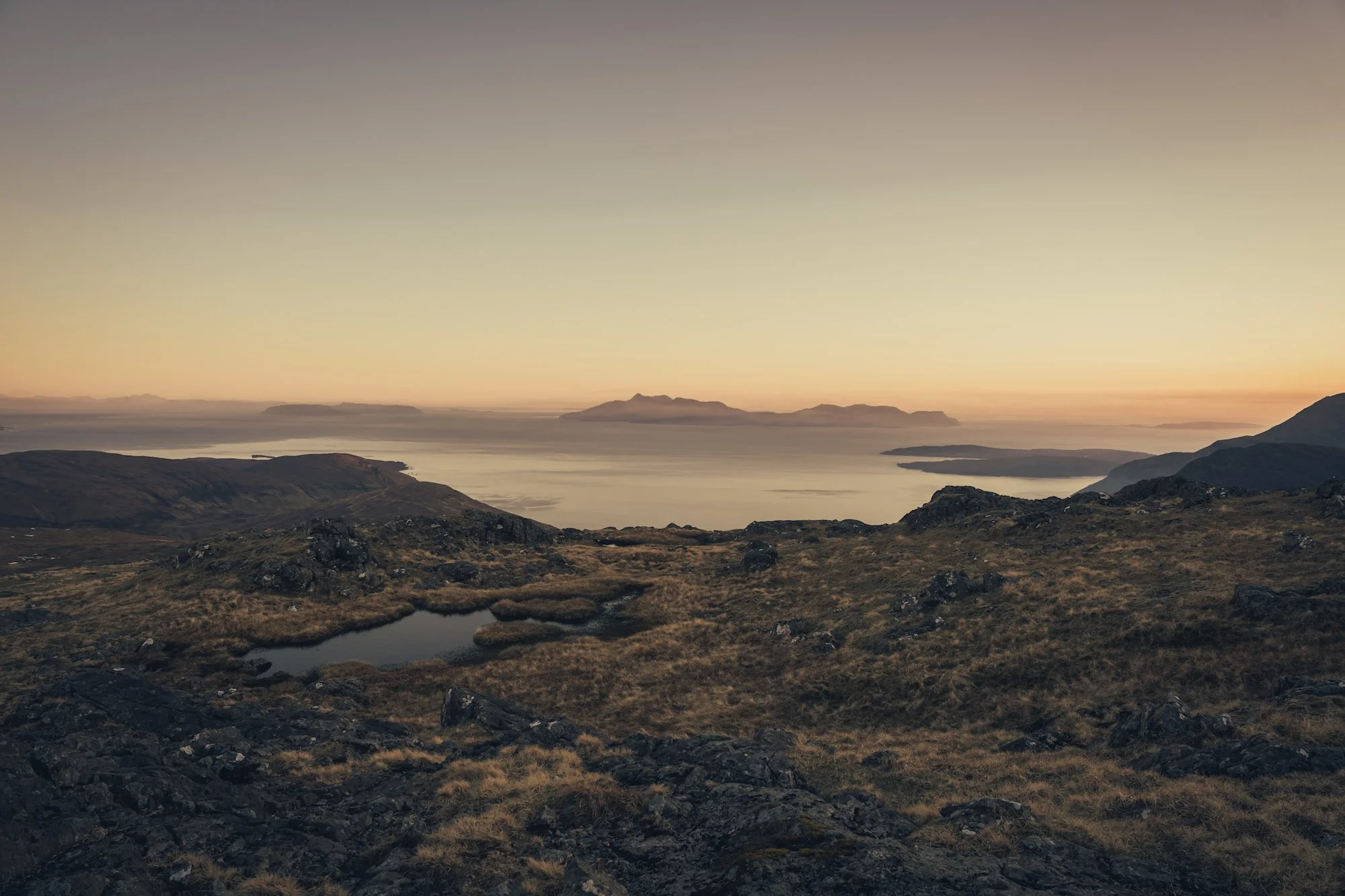
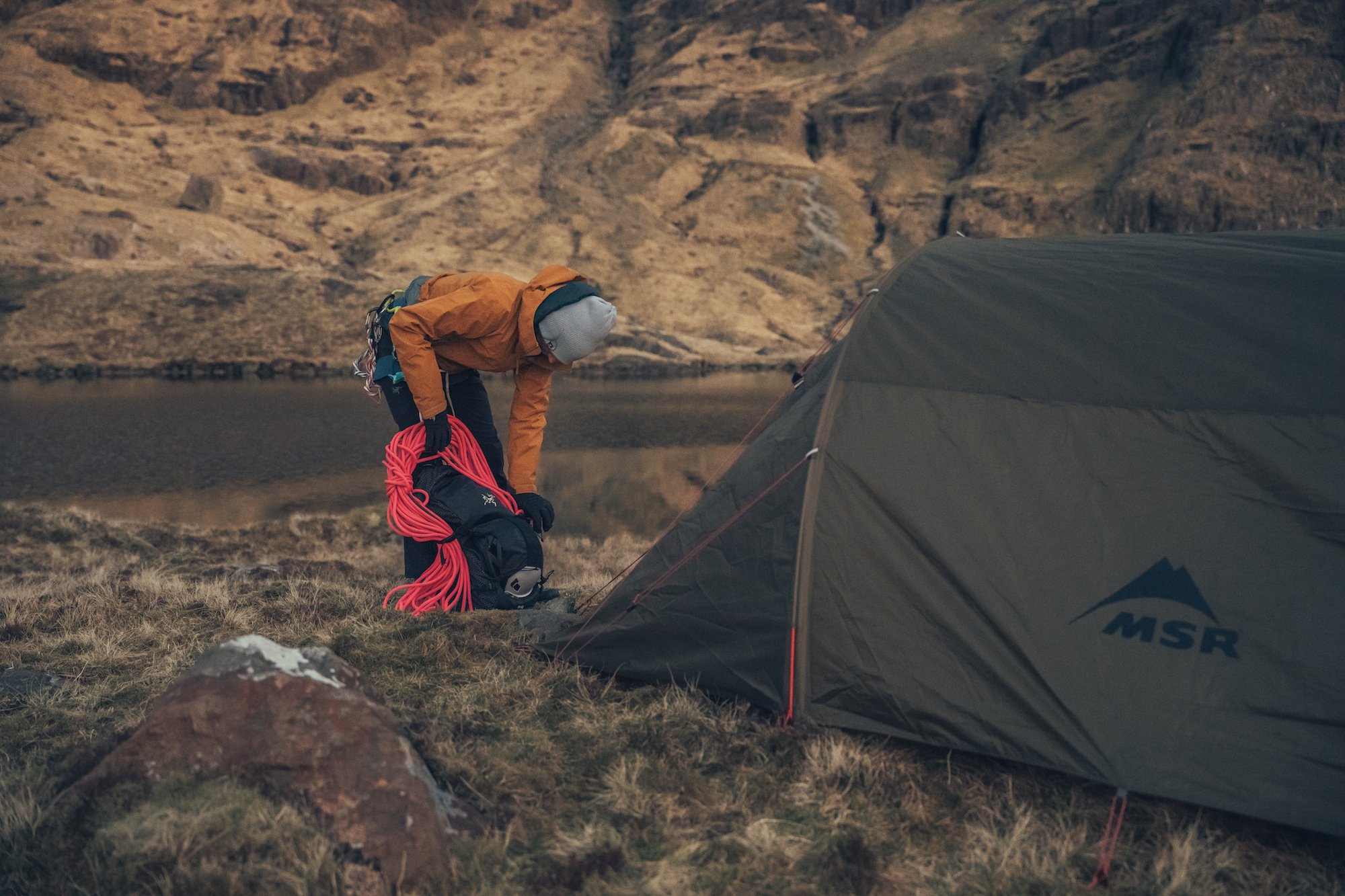

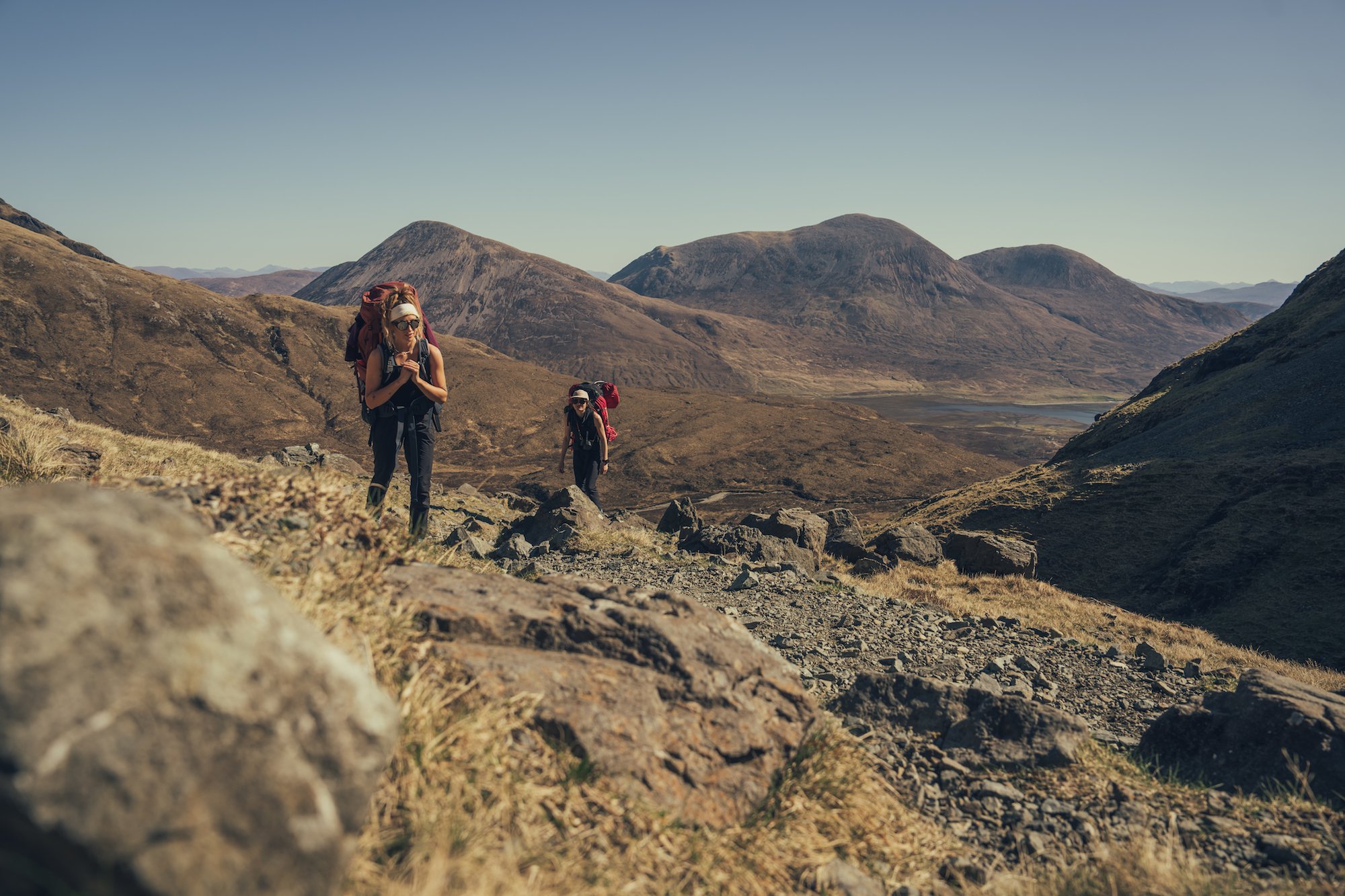
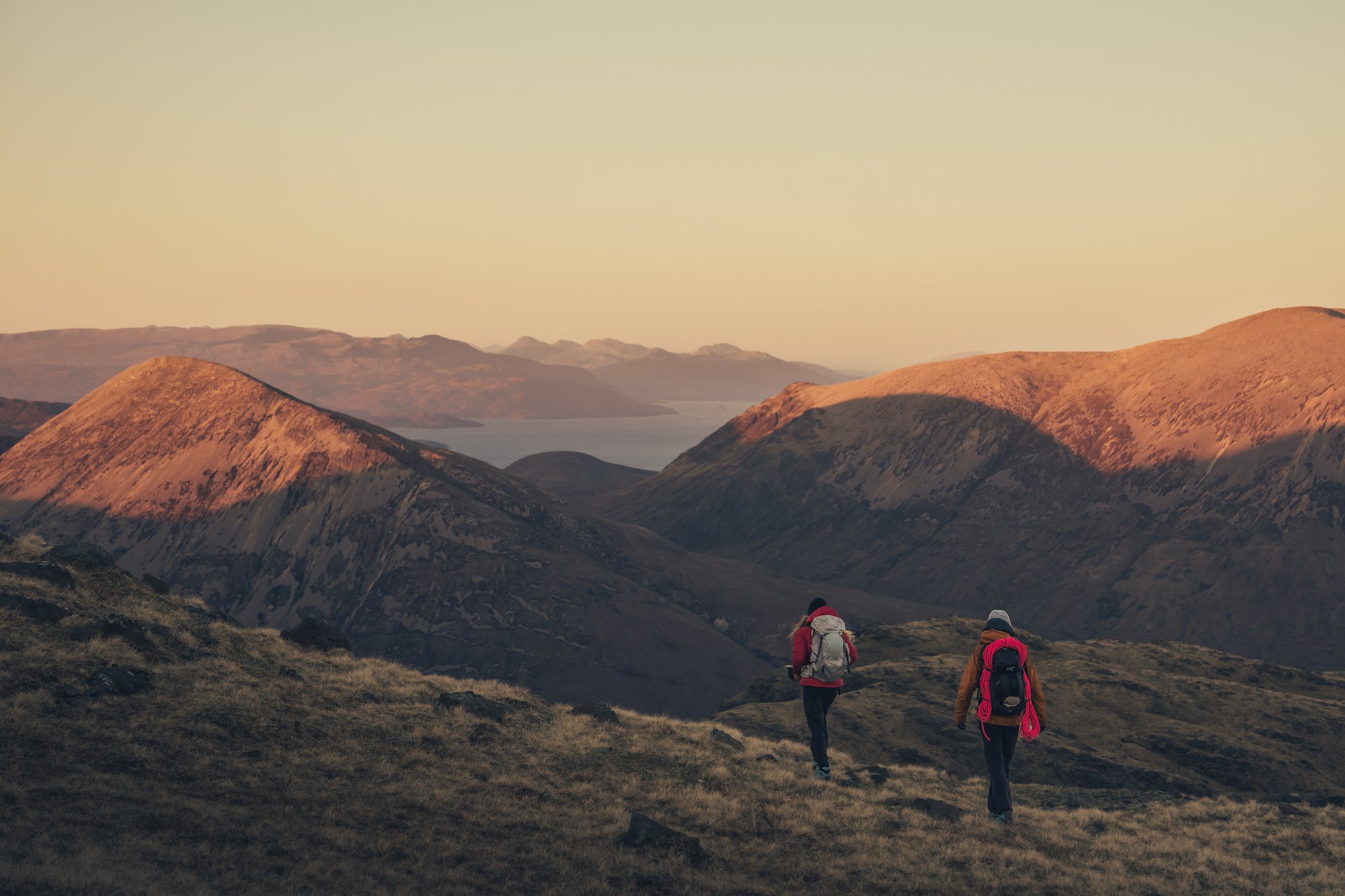

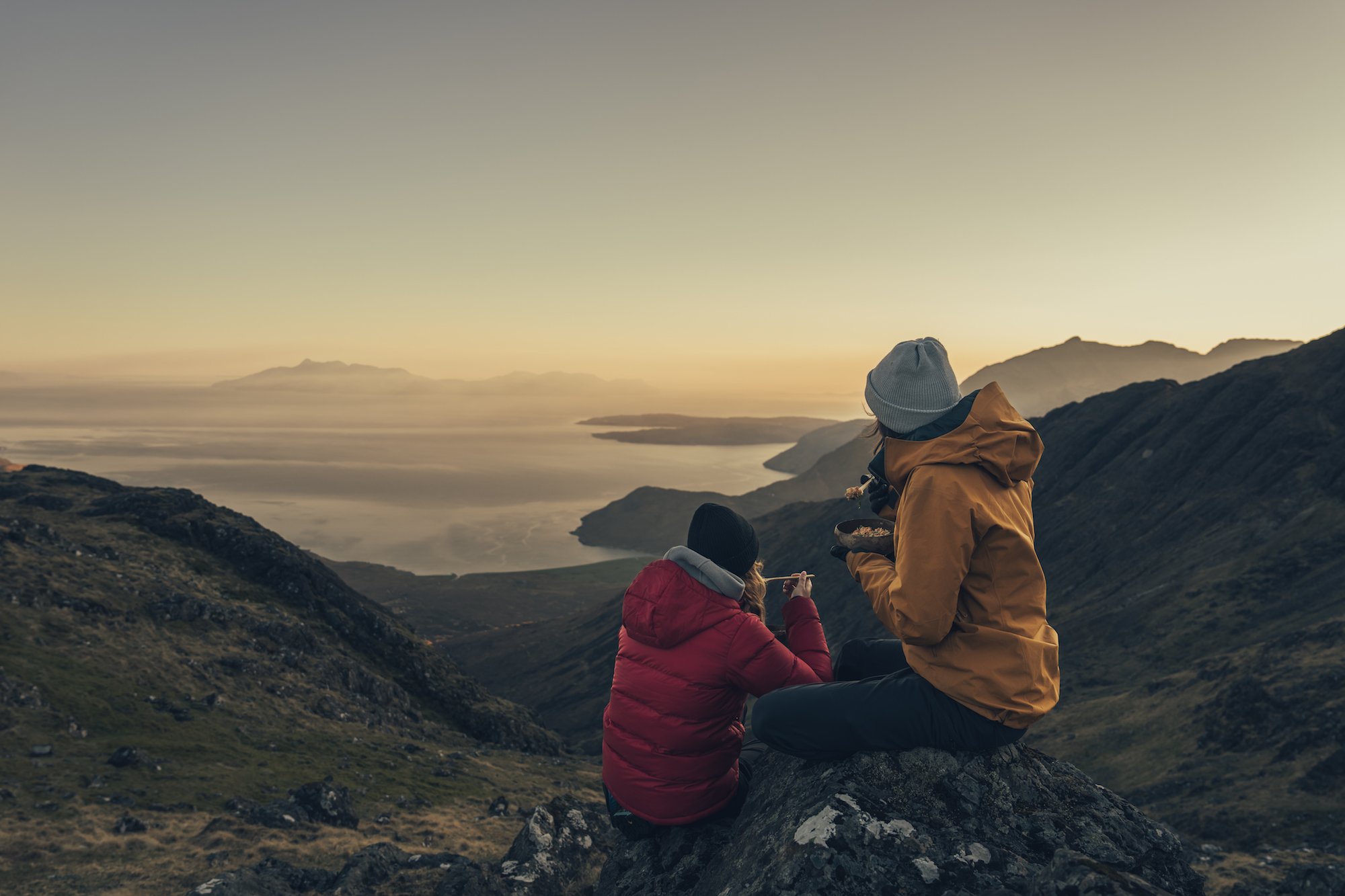

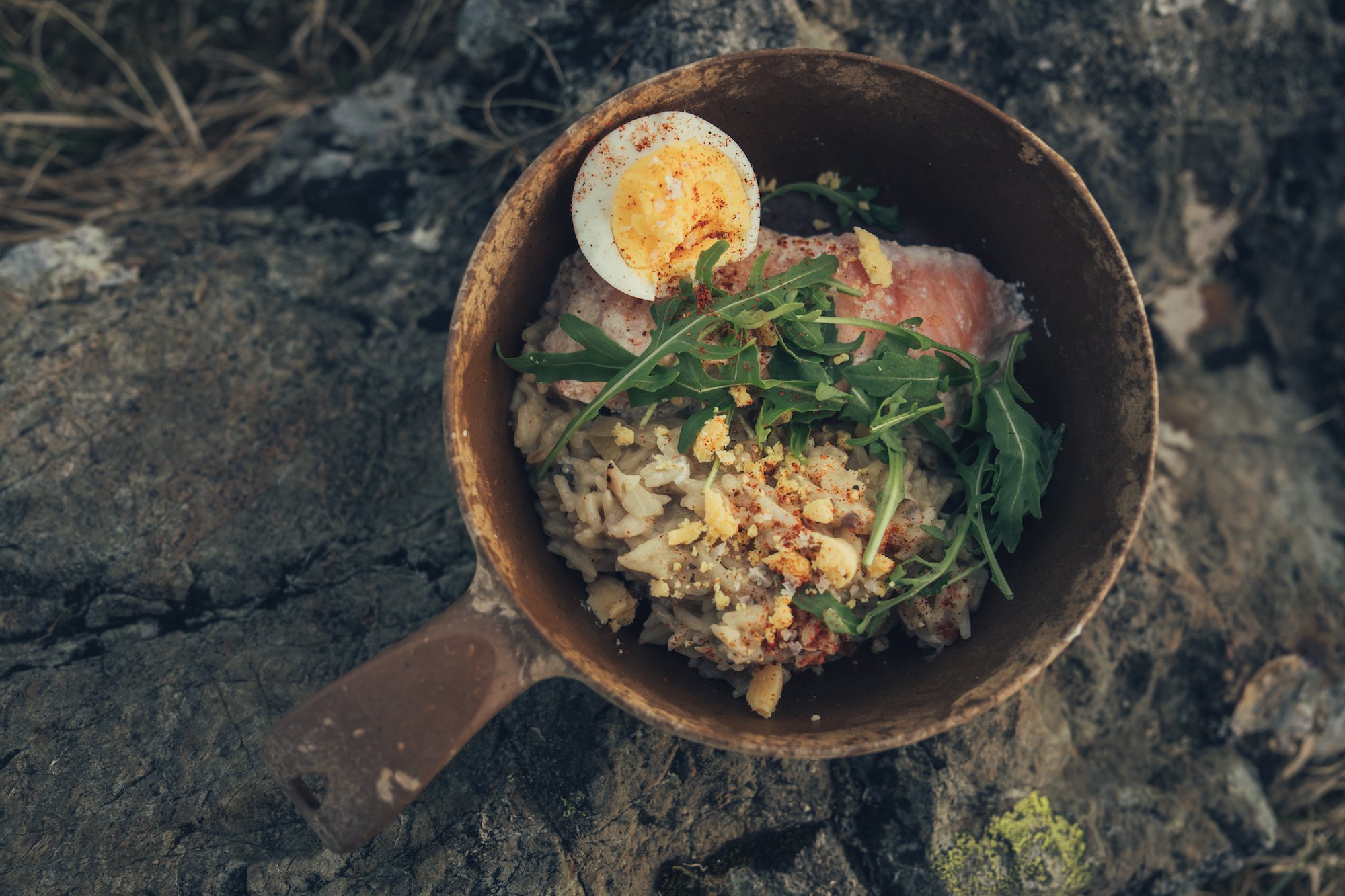

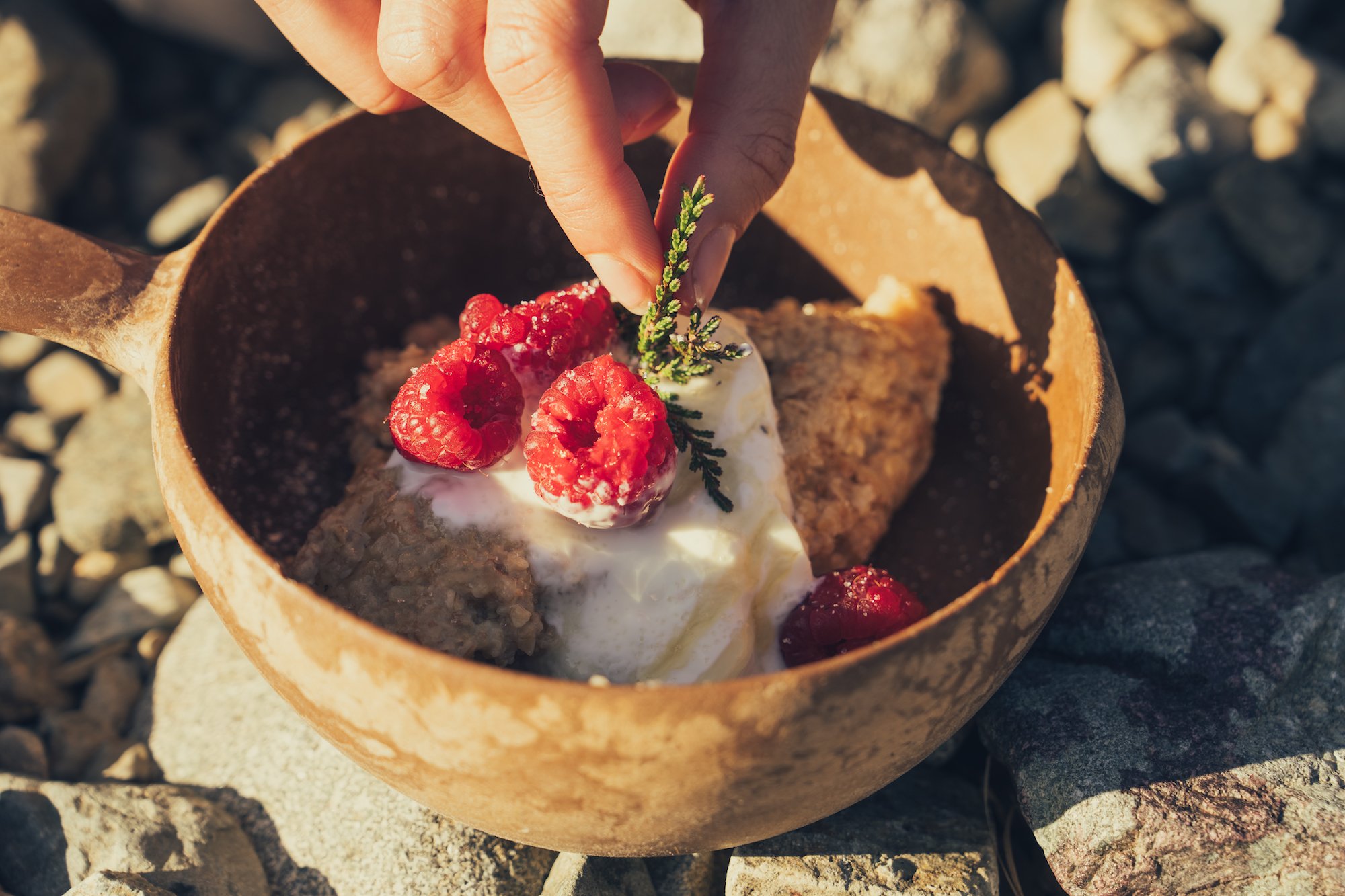




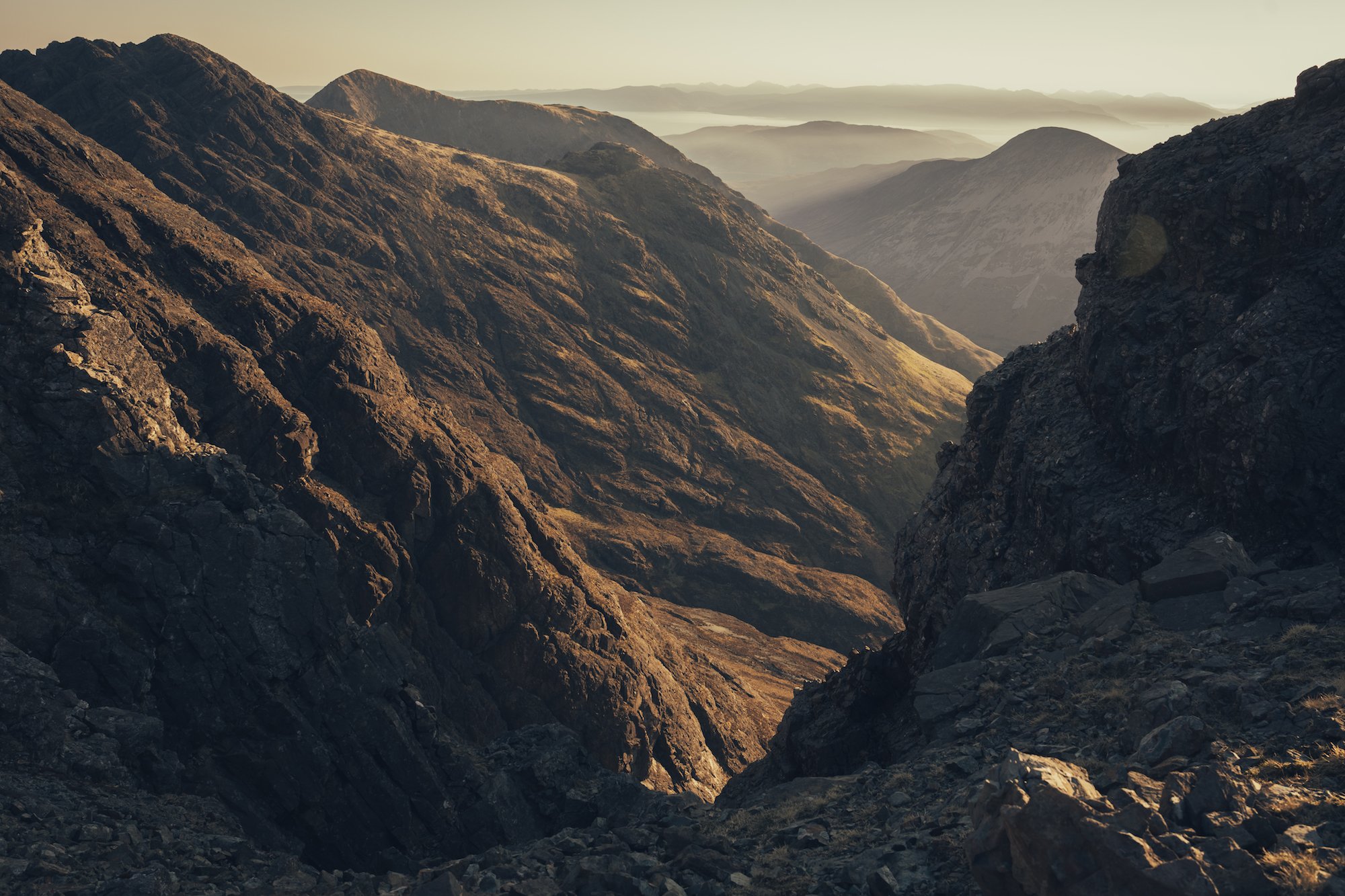
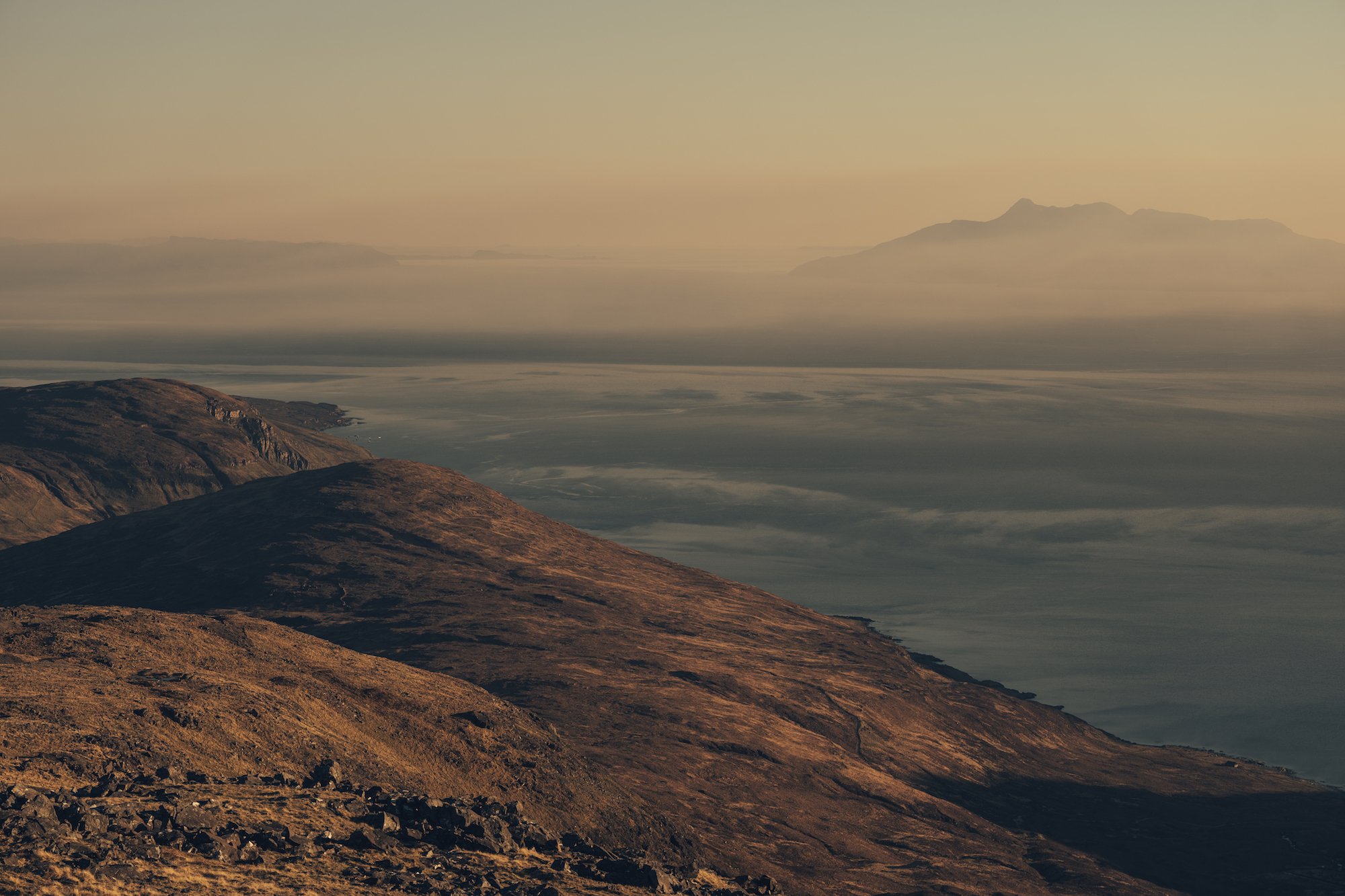

















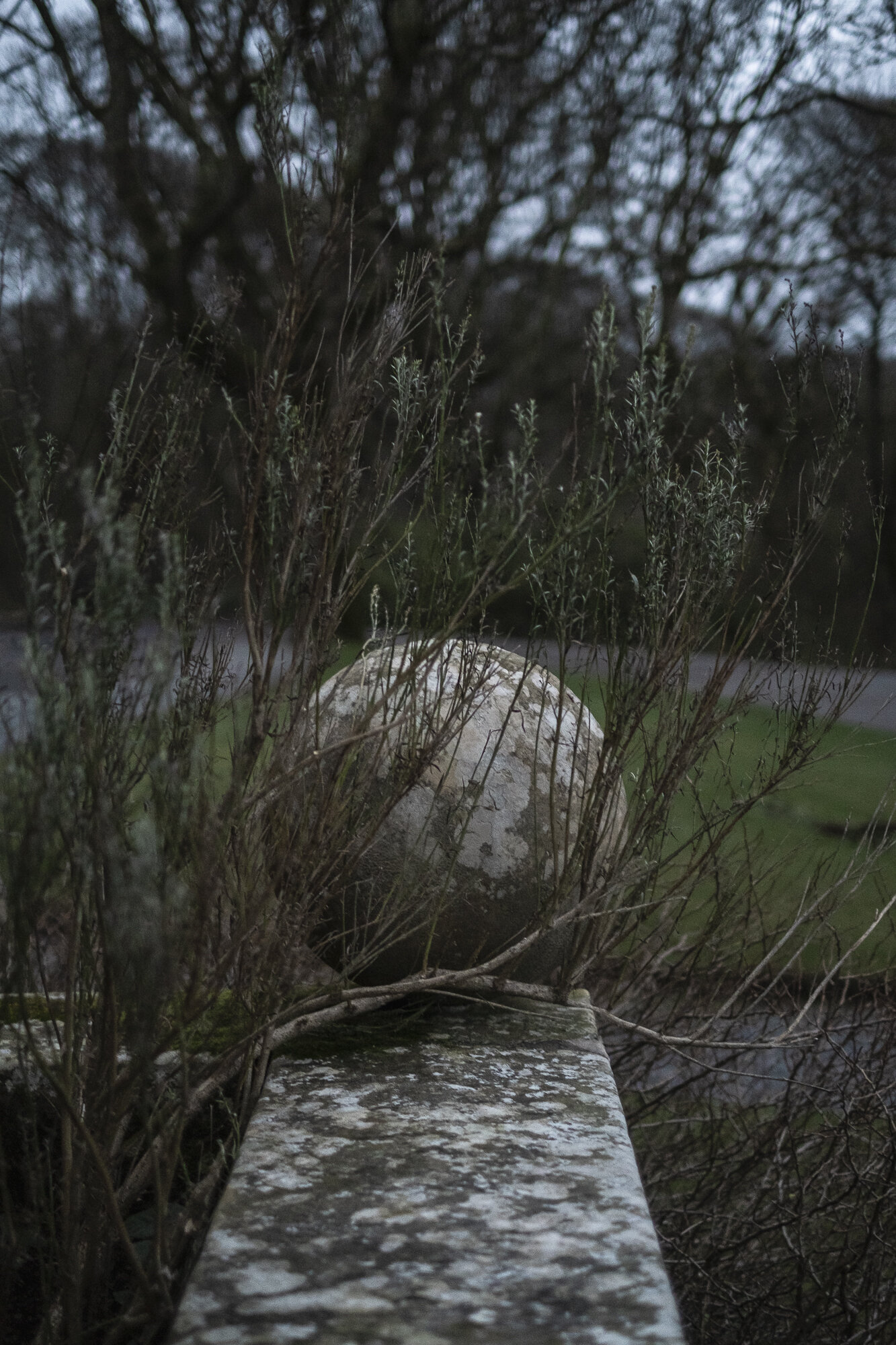







































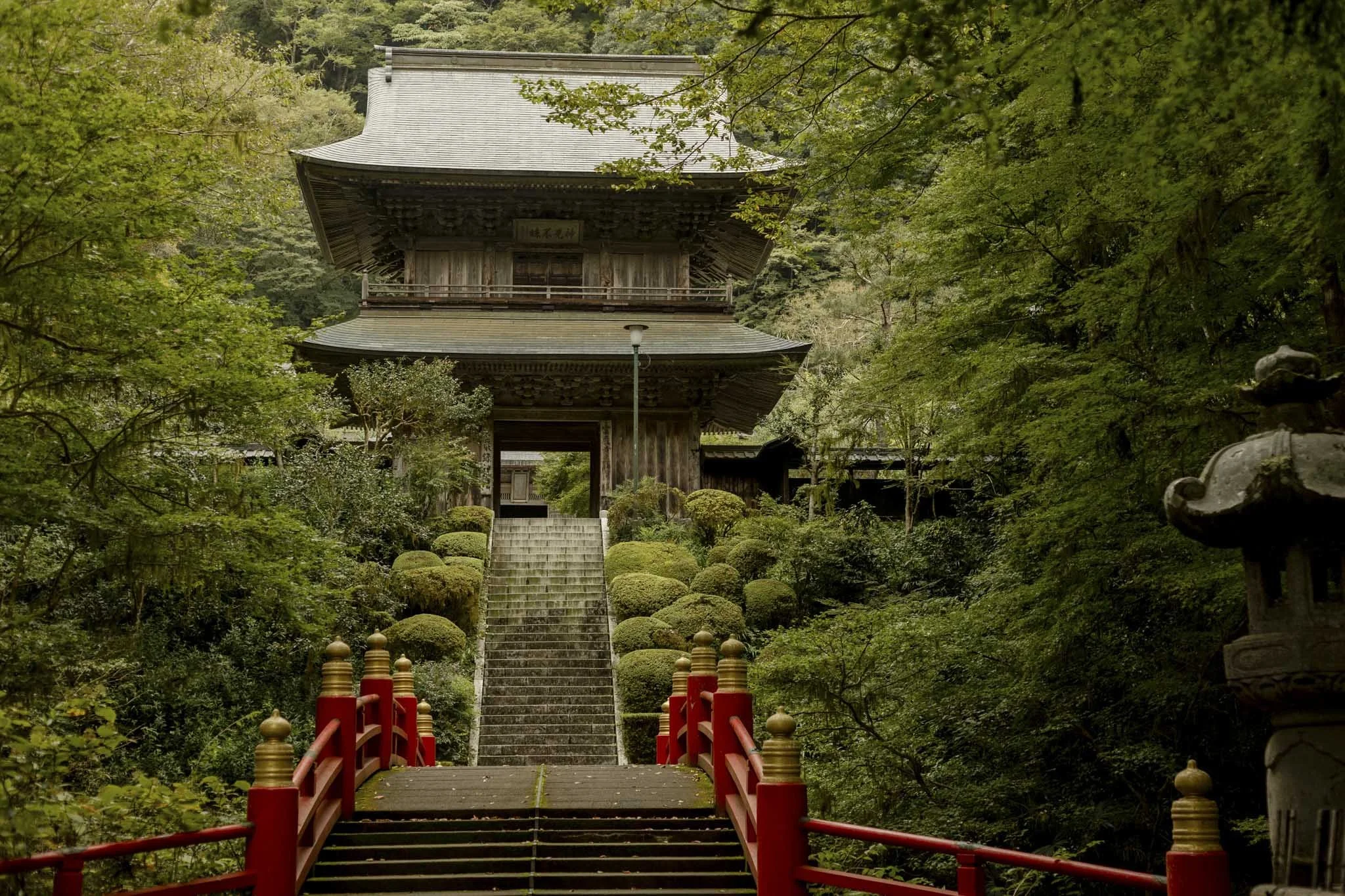














Celebrating Venice’s artisans and traditions.